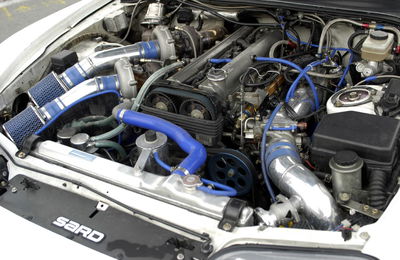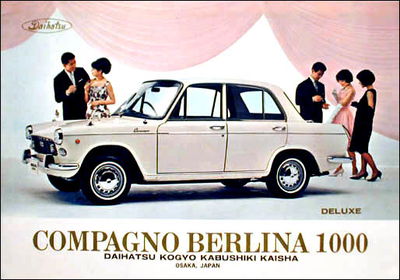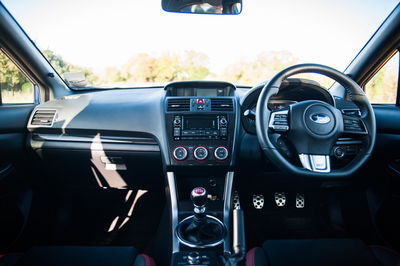6 Reasons Why I'm A Massive JDM Fanboy

1. Over-engineered engines

When you’re building a car, it’s very easy to cut corners. With thousands upon thousands of each example being produced, a small cost cutting action here and there will multiply into big savings once the car is on the road. That’s why we see unreliable cars and recalls so often - manufacturers are typically working to the lowest acceptable tolerances to save cash.
Sure, there have been some horrendous examples of Japanese manufacturers getting caught up in recall rows - here’s looking at you, Toyota - but if there’s one thing you’ll never see skimped on it’s the engine. From the RB26DETT to the 2JZ, SR20DET to F20C and multiple variations in between, Japanese performance engines are notoriously bulletproof. Furthermore, most of these engines can take massive power hikes relatively easily.
2. Japan introduced the West to reliability

Before the Japanese started selling cars in Europe, it was just accepted that cars didn’t work properly. They were complicated contraptions with hundreds and thousands of moving parts, so of course they broke down all the time. Then the Japanese came along with cars that could actually get you to your destination at the first attempt, and would even start in the cold.
The first Japanese car to go on sale in the UK was the Daihatsu Compagno in 1965, but only six were sold over its five year run. The notoriously Brit-biased Autocar did describe it as ‘essentially well made, but technically unadvanced’, and while this was intended to be rather derogatory, it was this philosophy that ultimately struck a chord with consumers. So while the Compagno may have failed, it paved the way for the likes of the Toyota Corolla and every other Japanese car that’s been successful here.
3. Engineering > luxury

That photo right there is from the brand new Subaru WRX STI. Yeah, that interior belongs to a car that is made in 2015. The car itself is an absolute riot to drive, but when you’re sitting inside it’s like being transported back to the 90s.
I like that. This is a performance car; it’s not the sort of car you get into with the expectation that you’ll be cosseted and wafted along to your destination in divine comfort. Even the vastly more expensive Lexus RC F feels a bit cheap and dated inside. Drive a performance car from Europe and it’ll come with a wonderful interior, but when you’re really pushing on you forget about all of that - the Japanese understand this, and don’t allow themselves to get distracted with such frippancies.
4. It's all about variety

You could potentially argue this about any scene, but in my opinion nowhere makes such a tantalising array of different takes on performance. Growing up I was obsessed with the Mitsubishi Evo and Subaru Impreza rally conquests, before my head was turned by the drift scene darlings of Nissan’s S-Chassis cars. Then there’s the performance of the Toyota Supra and the technological masterpiece that is every generation of Nissan Skyline GT-R. Rear-wheel drive, all-wheel drive, front-engined, mid-engined… there’s literally something for everyone.
5. Because Nissan Stagea

The Nissan Stagea is my one-size-fits-all car, and the fact that it even exists sums up why I love Japanese cars. Nissan took its fairly uninspiring family estate, shoved the engine and all-wheel drive system from the GT-R underneath it, then put it on dealership forecourts like that was a totally normal thing to do.
Wagons are cool; fast wagons are cooler. Sure, times have advanced to the point where you can get diesel estates with more power than the fast Stageas have, but it’s the principal and engineering that make this such an endearing classic in my eyes. It’s pretty near the top of my ‘to own’ list.
Drifting has become a bona fide motorsport in recent years, and it all started on the mountain passes of Japan. Drivers would escape the city (and the law) and take to the twisting tarmac, kicking the rear end loose to give a better angle on the exit of the corner. This evolved into the bonkers cloud-forming sideways action we see today, but originally it was all about the street racing.
While the rest of the world was driving in straight lines or hooning uphill, the Japanese were being suitably insane by racing downhill. A subtle difference, but when racing with gravity pushing you along, the car always feels on the edge of losing control. It’s just another example of these guys taking the hardest route and making it work.














Comments
No comments found.